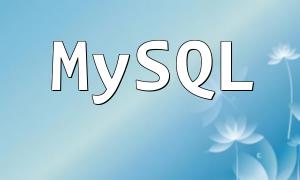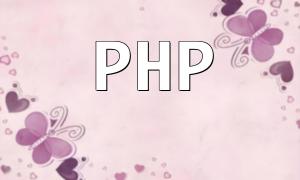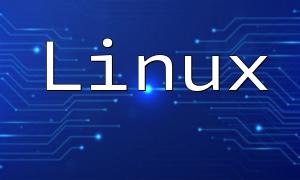PHP is a widely used server-side scripting language, and macOS users can easily develop and create dynamic web pages on this platform. This guide will walk you through the steps to install and configure PHP on macOS 10.13.1 and provide best practices to ensure that your development environment is both efficient and secure.
macOS 10.13.1 comes with a version of PHP pre-installed, but if you need a newer version, you can install it via Homebrew. Here’s how to install PHP:
If you don’t have Homebrew installed, open the Terminal and run the following command to install it:
<span class="fun">/bin/bash -c "$(curl -fsSL https://raw.githubusercontent.com/Homebrew/install/HEAD/install.sh)"</span>
Once Homebrew is installed, use the following command to install PHP:
<span class="fun">brew install php</span>
After installation, you may need to make some configurations to ensure PHP works properly.
The PHP configuration file is typically located at /usr/local/etc/php/
<span class="fun">nano /usr/local/etc/php/<version>/php.ini</span>
Adjust settings as needed, such as enabling error reporting for easier debugging. Make sure to set “display_errors” to “On”:
<span class="fun">display_errors = On</span>
macOS provides a built-in PHP server, which is useful for development and debugging. To start the server, use the following command:
<span class="fun">php -S localhost:8000</span>
This will start a local server, and you can access your project by visiting http://localhost:8000.
Composer is a dependency management tool for PHP. It is recommended to use it in your projects for managing libraries and dependencies. You can install Composer with the following command:
<span class="fun">brew install composer</span>
Make sure to use Git for version control during development to track changes in your project. You can initialize a Git repository with the following command:
<span class="fun">git init</span>
It is important to keep PHP and your dependencies up to date to ensure your applications remain secure and performant. Run the following command regularly to update all software installed via Homebrew:
<span class="fun">brew update && brew upgrade</span>
This guide explained how to install and configure PHP on macOS 10.13.1, set up the PHP environment, use the PHP built-in server, and follow best practices for development. By following these steps, you can ensure your development environment is efficient and secure. Moreover, as technology continues to evolve, staying updated and learning is essential. We hope this guide helps you on your PHP development journey.









